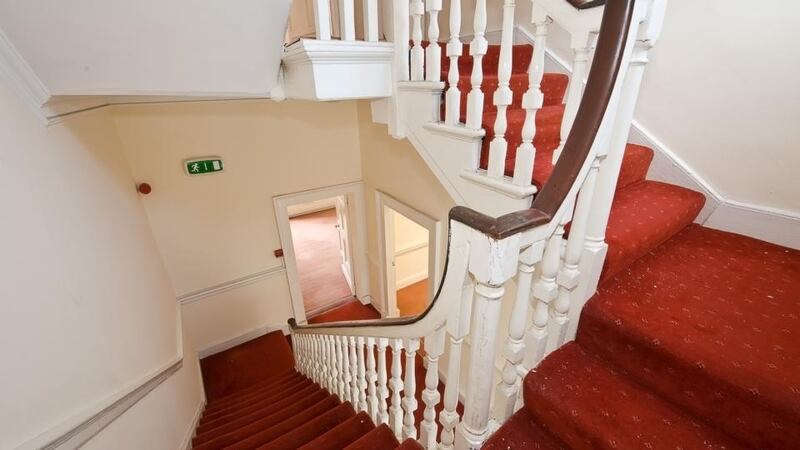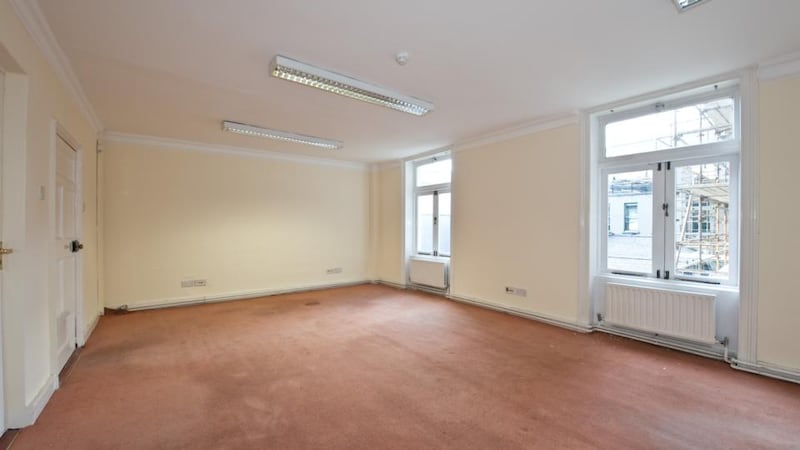Pettigrew and Oulton’s Dublin Directory of 1842 shows the residents of Ely Place were the well to do and included lords, ladies and viscounts. In the 1820 and 30s Ely Place was considered “more select” an address than St Stephen’s Green. Today, the street is predominantly commercial with many of the old Georgian buildings in use as offices.
However, two have been restored to their former glory as townhouses. This property has been idle for two years and is now for sale through estate agents Hooke and MacDonald with an asking price of €695,000.
The mid-terrace house was built in 1770 by developer Nicholas Tench, on the lands of Viscount Loftus of Ely. The facade of the building is unusual, and includes a Dutch revival gable by Thomas Manly Deane and the entrance features a handsome pedimented Ionic door case.


The house differs from Georgian houses of the era; as ceilings are lower and the open-well staircase is positioned to the front. The balustrade of the staircase is very low, making one wonder as to the average height of people in the 1700s.
At basement level there are two rooms, a WC and a vaulted storage area complete with a coal hole to the street. The entire floor could be opened up to accommodate a large kitchen and family room and would benefit from open plan as there is a restricted amount of light.
On the ground, first and second floors the footprints are identical, with the staircase on the left towards the front of the house, and two interconnecting rooms in an L shape. All rooms on these floors have fireplaces which have been boarded up as the property was used commercially until two years ago.
The third floor, which was originally the servants’ quarters, has been used as a small apartment and has a bedroom, bathroom and storage room. The rooms to the rear of the building overlook the grounds of the former Hume Street hospital, which is currently being redeveloped
With a couple of other private residences on the street, number 18 could be restored to its original use as a fine family home subject to planning. The property is in the Dublin City Council Z8 listing, which encourages residential conservation. The aim of the development plan for this zone is to "maintain and enhance these areas, as active residential streets and squares".
In fact, the unusual internal configuration of the staircase could lend itself to multiple residential use, subject to planning. And for new owners in need of guidance with design and conservation, the Royal Institute of Architects of Ireland is just three doors away.









